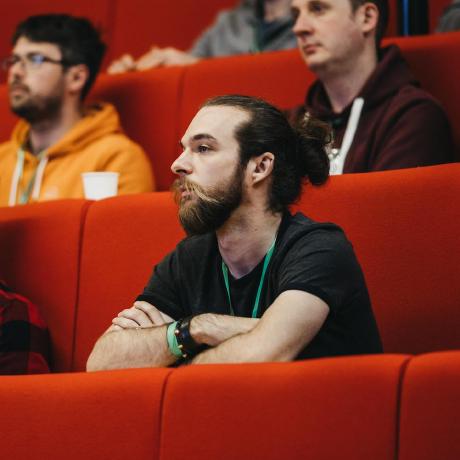CQRS: What and Why?
CQRS is really simple. Sometimes the idea gets conflated with other concepts such as Event Sourcing and DDD, but that is not CQRS. So, what is it then?
The Original CQS
Originally coined by Bertrand Meyer, Command Query Separation (CQS) (without the R) is a principle that says all methods should either be queries that read data or commands that write data, but never both.
Or, my favorite interpretation, “Asking a question should not change the answer”.
Dequeue or Pop
An example of violating CQS in the .NET Framework is the Queue.Dequeue method. Or, similarly, Stack.Pop. These methods return a result and change the state of the queue/stack.
If we wanted a design that follows CQS:
- The
Dequeuemethod should returnvoid. This makes it a command. - We should use the
Peekmethod to read the next item. This is a query that does not change the state of the queue.
This design doesn’t come without its trade-offs, of course; it won’t be thread-safe to call one method after the other. But CQS argues this is better encapsulation, and that now both methods have a single responsibility which we can reuse. We can ask what is at the front of the queue without having side-effects.
The R - Responsibility
Command Query Responsibility Segregation (CQRS) takes this concept a step further by treating reads and writes as entirely separate subsystems. Top to bottom. Not just methods, but different classes that can have different models for the same data. This is different from a CRUD design, where we read and write entities using the same object structure.
This approach supports a more task-based design, which is sometimes more natural that trying to force one unified model for both reading and writing.
For example, when registering a new user, we provide the following properties.
public class RegisterUserCommand
{
public string Email { get; set; }
public string Password { get; set; }
public DateTime DateOfBirth { get; set; }
}
But the model we get from querying this data looks quite different. Our user now has a UserId which we can return. And we don’t want to return the password.
public class UserProjection
{
public int UserId { get; set; }
public string Email { get; set; }
public int Age { get; set; }
}
It’s easy to imagine other ways we might want to interact with this same data, such as a LoginCommand or a CountActiveUsersQuery. It doesn’t seem intuitive to think of these in a CRUD-like manner. In this case, applying CQRS simplifies the design.
And that’s all CQRS is; designing two separate models for reading and writing the same data. Everything else is extra.
Optimising Commands and Queries
Commands and queries are very different beasts. Particularly at scale. One of the main benefits of CQRS is that the two separate subsystems can evolve independently.
Optimising query performance usually involves some kind of caching or pre-computation.
- Caching results of a query in memory to reduce load on the database is particularly useful when we read the data significantly more often than writing it.
- Denormalised data structures can mean simpler SQL
SELECTstatements with fewer joins. - Database indexes are essentially pre-ordered copies of certain columns that can be used to lookup rows more quickly.
- Setting up secondary read-only replicas of the database to take the load of the primary server.
In terms of fault tolerance, it’s worth noting that queries are naturally idempotent and safe to replay if there is a temporary outage.
Writing data, on the other hand, brings very different problems to solve. What do we do if you miss the response of a non-idempotent command? What happens if multiple concurrent processes try to modify the same data? Do we have to write changes to all replica databases?
Common solutions to improve performance of commands are:
- Sharding the database. Storing partitions of data on different servers.
- Making commands asynchronous, just returning
202 Accepted, “I promise to do that later”.
Eventual Consistency
Using caches or replicas of the same data forces us to make a trade-off. In a distributed system, CAP theorem states that we must chose between availability or consistency.
If we chose to design a system that is scalable and highly available, we must accept that data will only be eventually consistent.
That is, when querying from a cache, replica node, or a table pre-computed in separate data transaction, we accept that the data might be slightly out of date, and we must build our application around that constraint.
This is made very explicit with the aforementioned asynchronous commands that return “I promise to do that later”. After such a response, the caller does not expect to be able to query the data immediately.
Separating Persistence
Some applications even have different databases tailored to reading and writing.
For example, a web application could write to a normalised relational data model in SQL Server, but a separate worker service computes complex views and stores them as a nested document structure in MongoDB for some queries. As you can imagine, having a process sync data between the two databases here can only be eventually consistent.
Relationship to Other Concepts
CQRS is often combined with Domain-Driven Design and Event Sourcing. Neither of these are requirements of CQRS, and CQRS is not a requirement for those either, but they share some common ground. I’ll write a follow up post on their similarities and why I believe they are often used together.





